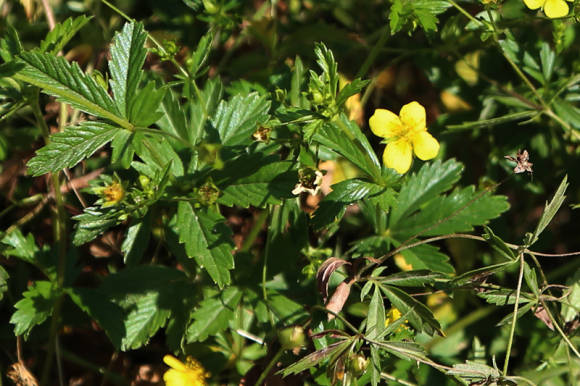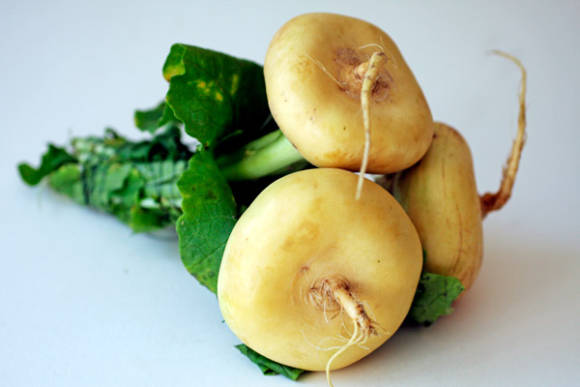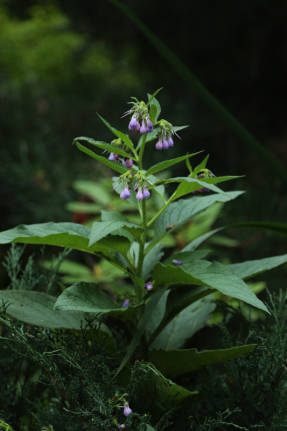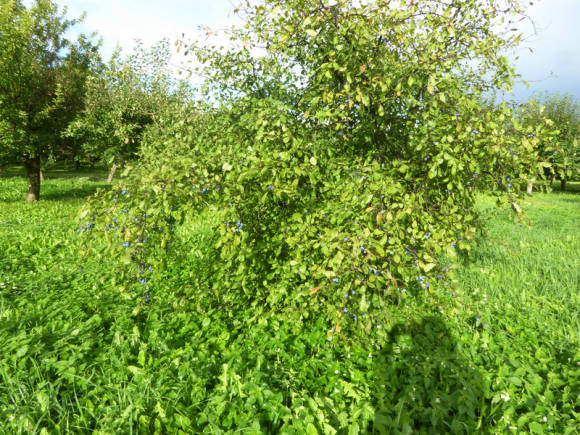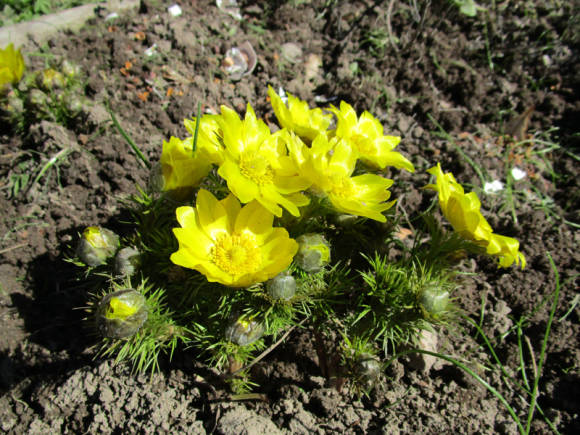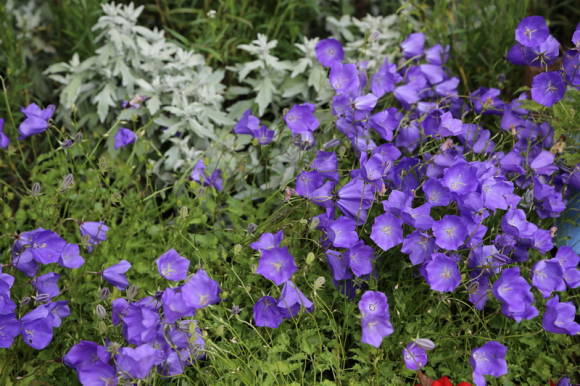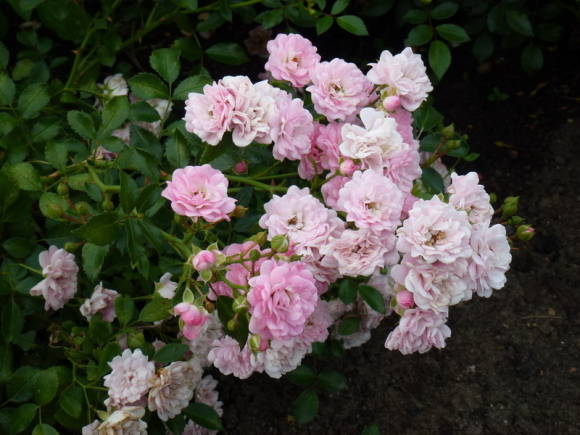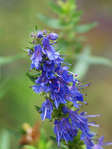Crocuses are one of the very first early-flowering small-bulbous spring flowers. Currently, more than one hundred species and varieties of these beautiful plants are known. However, in our gardens and parks, they are undeservedly few. Some believe that it is pointless to plant them, because they bloom too early, when no one still travels to the country. Others consider them too exotic plants. Having carefully considered all the arguments and photos given below, you can easily make sure that this is not entirely true.
 |  |
Crocus is a bulbous plant belonging to the iris (iris) family. Grows in Europe, Western and Central Asia. Blooming crocuses are a truly impressive and very beautiful sight. These are some of the first messengers of the awakening of nature and the final arrival of spring. In areas they bloom much earlier than most tulips, daffodils and hyacinths. Plant a dozen 3-4 crocuses in different parts of your garden, or even better, several hundred different varieties of crocuses and other early spring small-bulbous plants, and spring will come to your site a few weeks earlier than other inhabitants of your gardening partnership. And you still have to go to the dacha, starting from the end of March - the beginning of April, to open roses, conifers and other plants, put things in order on the site and do the first spring pruning of plants.
Crocuses usually have small corms of a flat, flat-round or spherical shape, covered with a membranous membrane. The flowers are goblet, directed upwards, with 6 petals on small, shortened stems. Blooming flowers can be star-shaped or cupped in a wide variety of colors. The leaves are small and narrow, linear, dark green, often with a white stripe or veins in the center. Annually, the old corms are replaced, and in its place 2-5 new corms and a baby are formed. Flowers are pollinated by insects. The ovary forms underground, but over time, the fruit (a triangular box with seeds) is pushed to the surface, where the crocus seeds ripen. If they are not collected in time, self-seeding may occur.
Crocus bulbs are edible, so they often attract a variety of small rodents. They can be boiled, baked or prepared in another way, but the most valuable part of the plant is their stigmas, from which a very expensive and tasty spice, medicine and natural dye are prepared.
The species diversity of crocuses is simply amazing. There are not only many different species, but also many different varieties and hybrids created on their basis are known. There are many different classifications of this interesting plant, but all of them, as a rule, are too cumbersome and not always perfect. In my opinion, the simplest and most perfect is the classification proposed by D.G. Hession. He divided all crocuses into 3 groups, differing in flowering time and flower size.
Early spring crocuses
Several species belong to this group, but the most widely known and common is Crocus golden-flowered, or golden(Crocus chrysanthus), which for its early flowering is often called the snow crocus.

Its flowers and leaves reach a height of 8-9 cm. Its flowers are medium-sized, of various shades and colors, mostly yellow, cream and blue, with well-visible stigmas. They appear in very early spring, sometimes even simultaneously with snowdrops, practically among half-melted snow. This bloom is very impressive, as it is the very first and brightest, and heralds the final arrival of spring. And although frost will return more than once and even snow will fall several times, the development of this beauty will not stop anything. This species is distinguished not only by abundant flowering, but also by a pleasant weak aroma. Famous varieties - representatives of this group: Blue Pearl, blue-blue with a yellow bottom; E. A.Bowles - with large dark yellow flowers for this species; Cream Beauty - with creamy yellow with orange stigmas; Princess Beatrix, blue with a yellow base; Snowbunting is white with a yellow base. And in two or three weeks, depending on weather conditions, larger spring-blooming crocuses will bloom.
Spring blooming crocuses
These are the most famous and widespread crocuses in our country. They are also called large-flowered or giant crocuses. They bloom in March - April, a week or two later than the representatives of the previous group. Moreover, all plants of this group are noticeably larger than the varieties of the Chrysanthus group. Their height can reach 12-15 cm. Most of the well-known large-flowered hybrid crocuses are based on Spring crocus (Crocus vernus) by crossing different species. The flowers of this group have very different colors and shades - from snow-white to light purple and dark purple, only yellow is missing.
 |  |
The most famous varieties of this group: Jeanna D'Arc - snow-white flowers with a purple base; King of Striped, Pickwick and Striped Beauty are purple-white striped varieties. Vanguard, Remembrance and Flower Record are available in various shades of lilac or purple-purple.
The multicolored spring-blooming crocuses complement the large-flowered variety crocus yellow(Crocus flavus), found under various names - Golden Yellow, Yellow Mamoth, Lagest Yellow. Elegant color - purple with a yellow bottom, varieties differ Crocus Sieber(Crocus sieberi). The tricolor variety Tricolor looks especially fun, in which a yellow spot at the base of the purple petals is also surrounded by a white border.
 |  |
Autumn blooming crocuses
Depending on the species and region of growth, flowering in this group of crocuses lasts from September to early December. Nevertheless, in autumn-flowering crocuses, leaves, like all other species, appear in the spring and die off by about mid-June. This group includes: Pale ocher crocus(Crocus ochroleucus), with small creamy flowers, Holoflower crocus(Crocusnudiflorus), with purple flowers, Long-flowered crocus(Crocuslongiflorus), blooming in November, Crocus smoothed(Crocuslaeviatus), one of the most late blooming.
Crocus beautiful(Crocus sрeciosus) - the most common type of autumn-flowering crocuses. It blooms in September, earlier than all other crocuses. Flowers up to 20 cm high, with small longitudinal veins, purple, lilac, blue and white. Very unpretentious. Growing up, over time it can take up very large areas. All autumn crocuses look good against the background of various stonecrops, perennial asters and, especially, brightly colored ornamental shrubs or various conifers.
A special place among autumn crocuses is Sowing crocus, or saffron(Crocussativus). It is his stigma with stamens that is that valuable medicine, seasoning and dye, which is extracted during industrial cultivation and is sold for a lot of money. Dried saffron stigmas contain essential oils, calcium, phosphorus, glycosides, vitamins and the dye crocin, which dissolves in water. This dye was used to dye clothing in bright, sunny colors long before our era. As a spice, saffron has a bitter-spicy taste and a very pronounced smell. It is added to flour products, when cooking meat, fish, various rice dishes.
Crocuses in the landscape
Crocus bulbs can be found on sale from mid-August to almost December. Any blooming crocuses look very good in small groups, creating their own unique pattern. Usually they reach only 8 - 15 cm in height, and therefore they are practically of no interest to vandals, and they raise the mood for several weeks in advance! Past my windows, dozens of mothers and grandparents are taking their kids to kindergarten. And when every year dozens of crocuses bloom in front of my windows, children and their mothers simply cannot be taken away from this spectacle!
So, let's take a look at some of the most common uses for crocuses in garden, park and backyard design. Due to their low height, amazing unpretentiousness and a large number of very bright and variegated colors, crocuses are ideal for small flower beds in front of residential buildings and offices, for rockeries and alpine slides. Moreover, their flowers often have a delicate pleasant aroma, attracting the first spring insects and sometimes even butterflies!

Crocuses will be equally attractive along the edge of curbs, along paths in the garden, in parks, in the foreground of mixborders and in floor vases. The flowering time of crocus in the middle lane usually falls on the end of March - mid or late April and can last up to five to six weeks with the correct selection of varieties. By skillfully choosing a place for planting, you can significantly extend the period of their flowering. For example, at the southern wall of a house, they will bloom 2-3 weeks earlier than in some shady place, and vice versa, flowering will be delayed if the same varieties are planted under tall trees, near the northern wall, a blank fence or under tall and dense conifers ...
 |  |
Crocuses can be planted separately, creating mass landscape plantings or together with early species or botanical tulips, low and medium daffodils and hyacinths. They will perfectly fit into any, even a shady corner of a garden or park; they will look appropriate and original on any early spring flower bed or the edge of a nearby forest.
Few garden plants can match the beauty and grace of blooming crocuses, pulling their bright heads towards the rays of the gentle sun. The main participants in the beginning of the grandiose early spring show, they are so funny and varied that sometimes it is not at all easy to choose the species and varieties that suit you.
Crocuses reproduce quite easily and quickly. Usually the multiplication factor is 1: 2… 1: 5. Therefore, once every three to four years, overgrown nests have to be divided. The division should be started when the foliage of the plants is already completely dry. As a rule, this is done towards the end of June - beginning of July.

If your crocuses are planted on regularly mowed lawns, then the first mowing of the lawn should be done as late as possible so that the corms have time to store as much nutrients as possible through their variegated green leaves for abundant and friendly flowering next year. But as soon as you notice that the foliage of the crocuses has begun to turn yellow and dry out a little, you can safely carry out the first haircut! Although my personal experience suggests that the significantly trimmed leaves remaining after the haircut still continue to develop for some time and increase the green mass, continuing to store useful substances for the next flowering, albeit not as intensively as they could do it without a haircut. However, there is always another way out - to plant these beautiful and funny plants annually in the fall, because they, as a rule, are not so expensive, especially for those who can afford a large, beautiful and well-groomed lawn on the site.
Storage of bulbs of early and spring-flowering crocuses before planting in late September - October (and even in extreme cases, in early November) is similar to storing other bulbs. This, digging, drying in the open air in the shade, followed by storage in a warm (more than + 20 ... 250C) and dry room. Autumn crocuses are usually planted immediately after purchase - in August-October. But it is better, if possible, to do this in August - early September.
Crocuses are a little whimsical and grow on almost any well-cultivated soil, but they develop better on light, well-drained and humus-rich substrates. All crocuses prefer well-lit places, although many species and varieties are quite tolerant of shade and partial shade.But often they manage to bloom long before foliage appears on many fruit trees and ornamental shrubs.
Usually, under all bulbous plants, it is recommended to apply coarse river sand with a low content of clay inclusions, as well as well-rotted manure. The planting depth of crocuses, like most bulbous ones, is about 2.5-3 bulb heights, if you count from the bottom. The distance when planting between plants depends on the type and purpose of planting and varies from 3 to 10 cm. Crocuses respond well to mineral fertilizing. The first spring feeding is carried out almost in the snow, the second - just before flowering. In the first case, a slight predominance of nitrogen and phosphorus is desirable, in the second, phosphorus and potassium. Fertilizer consumption, on average, is 30-40 g / m2.
Good luck with your experiments in growing these extraordinarily beautiful plants!


